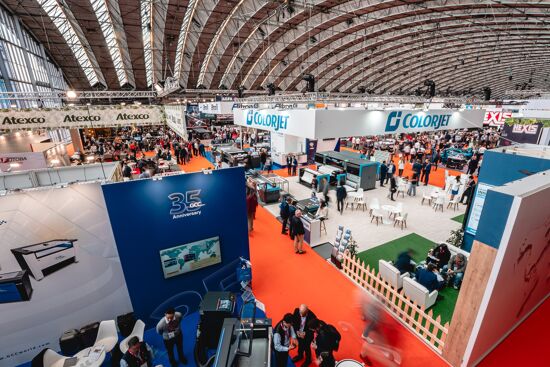Sustainability auditing

Laurel Brunner discusses the benefits of conducting a sustainability audit for businesses and how this can affect their environmental strategy
It should be simple to do something to improve the environmental sustainability of your business, but this can frequently seem daunting. We have discovered that usually business owners in the graphics industry start with the obvious quick fixes for example switching to LED lighting or simplifying onsite recycling before losing heart. The advantage of taking easy steps is that they don’t need much time or cost. However, if you are contemplating more ambitious ideas such as investing your money in low energy kit, the process can get more complex and often involves money.
There will often be different priorities for investment in the business, predominantly one active across applications. Therefore, some sort of quantification of your options is required, which can often be stressful and complicated. Perhaps it is easier to take a step back and to begin with a sustainability audit of your business before you make any investment decisions.
To conduct such an audit, it is essential to make a list of all that you do now that relates, however tangentially to sustainability. This includes processes that evade remakes and waste such as policies or colour management. This list can be utilised to compare with other companies in your sector and the overall best practices if you can find suitable benchmarks.
Your list is the starting point for determining how you can better your environmental performance based on consistent metrics. Your list may reveal to you some gaping holes in your environmental strategy such as composting in the company canteen, but that hasn’t been put in place.
A sustainability audit is different from a carbon foot printing exercise. It is about understanding where you are now so you can plan for a more sustainable future. The audit should not go into too much detail for any aspect of the business but instead should give you a clear view for what should be prioritised for a detailed review. There could be potential failings in the IT infrastructure, printing systems, the company’s transport policy or energy supplier. The idea is to help better compliance with local rules and best practices to give businesses a competitive edge. As well as ensuring that it runs smoothly and to encourage new ideas within the business. The main contributors to environmental sustainability are the individuals within the company, so make sure to get them engaged and get them to contribute with new ideas. To conclude, it would be worth the effort because businesses will be saving money and operating with higher margins.
Source: This article was produced by the Verdigris project, an industry initiative intended to raise awareness of print’s positive environmental impact. This commentary helps printing companies keep up to date with environmental standards, and how environmentally friendly business management can help improve their bottom lines. Verdigris is supported by the following companies: Agfa Graphics, Spindrift.click, EFI, FESPA, HP, Kodak, Kornit Digital, Ricoh, Splash PR, Unity Publishing and Xeikon.
Topics
Interested in joining our community?
Enquire today about joining your local FESPA Association or FESPA Direct
Recent news

GenAI + POD: The Smartest Way to Add Personalised Products to Your Retail Offering in 2025
In 2025, GenAI and POD are transforming retail. Masterpiece AI empowers businesses to offer unique, AI-generated personalised products, from apparel to home decor. Customers use text prompts to create custom designs, streamlining production and boosting sales. This revolutionises customer experience and product offerings.
.png?width=550)
What qualities should visionaries in print have? With Folker Stachetzki from Brother
We speak to Folker Stachetzki, Head of Marketing at Brother about visionaries in print.

Bolstering personalisation by combining print and digital technology
Using printed material in combination with digital technologies offers more opportunities to those offering personalisation to customers. Rob Fletcher shares some recent examples of the print and digital working together to enhance the impact of personalised pieces.

European Sign Expo to highlight developments shaping the future of signage and visual communications
European Sign Expo 2025 (6 – 9 May, Messe Berlin, Germany) is weeks away and a host of leading exhibitors are all set to welcome Visionaries from across the signage and visual communications industries to their stands.